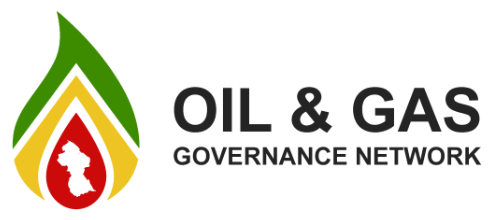Dear Editor,
The protection of the public from untruths, half-truths, misrepresentations, and distortions dictates that I make an exception to my unwillingness to engage in any place or in any capacity. As shown in the examples set out in this letter, multiple-part responses in the print and social media to repeated assertions about financial shenanigans are replete with those four dangers.
There is an inability to get a matter as basic as the date of the 2016 Petroleum Agreement correct – it is 27 June 2016 and not October 2016 as asserted – but yet claims that there is an attempt to “mislead” the country; that there is a “multiplicity of errors”; and that there is an “inadvertent consideration” of the 2016 Agreement in respect of Pre-Contract Costs.
In an apparent attempt to rebut the assertion that the US$460.2 Mn claimed by Esso and the Co-venturers as pre-December 2015 expenditure was overstated by around US$92 million, there is an omission from the extract of the relevant and critical words “all such costs incurred under the 1999 Petroleum Agreement prior to yearend 2015….” to identify the period for which the US$460.2 Mn is claimed.
The distortions and dishonesty do not end there. There is a claim to have obtained financial statements for the period 1999 – 2015. That is most certainly a falsehood. Esso itself admitted to the auditors that it had “purged data prior to 2004” in accordance with its document retention policy. There is also a claim to have received audited financial statements of Shell, which had bought a 50% interest in the Stabroek Block. That too, is most likely a falsehood.
There is also a demonstration of some mathematical limitations by claiming that “Having examined ExxonMobil’s and its Co-venturers financial statements for the period up to 2016, and 2017, total (cumulative) expenses up to 2016 amounted to US$382.3 Mn. and in 2017, total expenses for that year amounted to US$109.3 Mn., giving rise to a total up to 2017 of US$491.6 Mn.” If the 2016 numbers are correct – which they are not – then there is a suggestion that Exxon’s overstatement is greater than the US$92 Mn!
Whether there is a reading and understanding of the very provision in the Petroleum Agreement which has been so infamously misquoted, speaks to comprehension. But there are also mathematical deficiencies on display as well. Only by the strangest maths – or inexplicable credits – can the accumulated cost at December 2016 be less than the accumulated cost at December 2015!
There is a desire expressed to debate on oil and gas. It will be earned when there is a demonstration:
- that there is an understanding of the difference between GAAP and generally accepted accounting principles;
- that there is an understanding of the difference between the Minister’s audit under Article 23 of the 2016 Petroleum Agreement, and the right of the GRA to carry out a tax audit of the returns of any taxpayer under the tax laws;
- that there is a reading and understanding of the (Guyana) Revenue Authority Act and critically, the powers and functions the Act confers on the Authority and on the Commissioner General;
- that there is an understanding of the legal concepts of intra vires and ultra vires;
- that there is a reading of the IHS final audit report in which Exxon admits that its claim of US$460.2 Mn. of expenses prior to 2016 (meaning 2015 and earlier) is overstated by an unspecified sum because of “items erroneously included in the cost bank”; and
- that there is a capability to engage honestly and quote correctly.
Considering the demonstrated deficiencies in arithmetic, integrity, comprehension, analytical capabilities, and legal and accounting questions, it is unworthy of a debate with anyone and in this case, any further exchanges.
Christopher Ram
Article Originally Published At: https://www.chrisram.net/?p=2367










